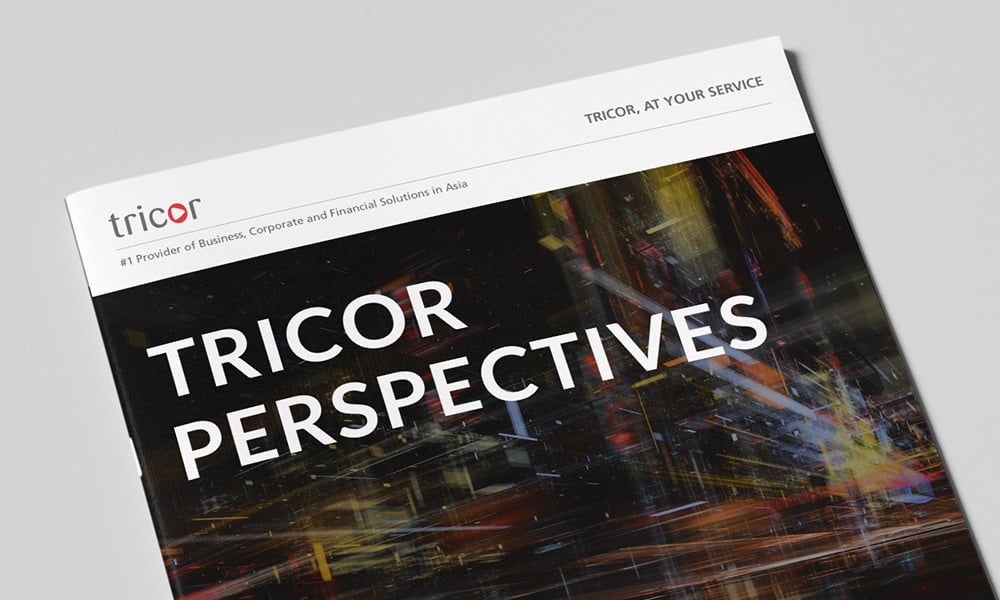As Asia’s financial hub, Hong Kong has always been an attractive market for dual and secondary listings. Activity has gathered pace in the past two years, as more companies appreciate the benefits of having a presence in more than one jurisdiction.
Additional listings improve a company’s stock-market liquidity, diversify its shareholder base, and increase its public profile. They enable a firm to expand its capital-raising activities, as the business is no longer reliant on its domestic market alone. Having a presence on different stock exchanges – such as those in the US, UK, and Hong Kong – also makes it easier to trade a company’s shares.
Entry to Hong Kong
Starting from June 1993, companies incorporated in Mainland China were able to list in Hong Kong under the Hong Kong Exchanges and Clearing Market ("HKEx") listing rules. According to the regulations, entities incorporated in Hong Kong, Mainland China, the Cayman Islands, and Bermuda are eligible to apply for listing. A dual-listing in both Mainland China (A shares) and Hong Kong (H shares) has become popular, as firms wish to leverage the latter’s close relationship with Mainland China. Companies already listed in Hong Kong, Mainland China or overseas may also spin off a subsidiary or a specific business for listing in Hong Kong.
The H-share Structure
H-shares are equities that are issued in Hong Kong to foreign investors and listed on the Hong Kong exchange by joint-stock companies legally incorporated in Mainland China. Mainland laws, such as the PRC Securities Law and the Special Provisions of the State Council concerning the Flotation and Listing Abroad of Stocks by Limited Stock Companies, also have existing provisions regarding the issuance of H-shares. At present, companies applying for a listing in Hong Kong under the H-share structure need to go through both domestic and overseas dual-approval procedures, with the China Securities Regulatory Commission (“CSRC”) and HKEx.
Connecting Markets
Since the launch of the Shanghai-Hong Kong Stock Connect ("Shanghai Connect") in 2014 and the Shenzhen-Hong Kong Stock Connect ("Shenzhen Connect") in 2016, mutual access between stock markets in Hong Kong, Shanghai, and Shenzhen has been steadily promoting the two-way development of capital markets and dual listings across the border.
Secondary Reform
In 2018, HKEx introduced a set of new rules to broaden Hong Kong’s listing regime. As part of the reform, the new Chapter 19c permits listings of companies with weighted voting right (WVR) structures, allowing a good number of US-listed Chinese companies to access the Hong Kong capital market through a secondary listing. Secondary listings in Hong Kong appeal to businesses looking to raise additional capital from a diversified shareholder base, increase liquidity, as well as promote their corporate image among Asian investors, including those from China.
Following in Alibaba’s Footsteps
NetEase and JD.com, two of the largest US-listed Chinese companies, made their debut in the Hong Kong market in June 2020. This followed the success of Alibaba’s secondary listing in Hong Kong in 2019. Both offerings attracted significant interest from investors and were oversubscribed multiple times. At the time of writing, a total of nine companies – including Yum China, ZTO Express, and GDS – have completed secondary listings in Hong Kong with aggregated fundraising of more than HK$196 billion. The market now expects more secondary listings given the success of these pacesetters.
Aside from US-listed companies making their way back to Hong Kong, the market also observed two China-listed firms that achieved listing status in Hong Kong. Shenzhen-listed Tigermed raised over HK$10 billion from its Hong Kong IPO in August, making it Asia’s largest healthcare listing this year.
Coordination and Timing
Despite the Star Market’s revamp of its listing process for eligible companies, a typical listing in mainland markets still takes about two years, although it can sometimes be longer. A smooth listing application in Hong Kong takes, on average, six to nine months to complete. Therefore, the timing of an A then H, or an H then A, listing can be hard to match.
There are also additional challenges for dual listings, as a company faces enhanced corporate governance and disclosure requirements. At the same time, it has to navigate the different share disclosures and consistency between each market. The secondary listing of weighted voting rights ("WVR") structures also faces additional qualification, market-capitalization requirements, and grandfather-rule restrictions.
Despite these challenges, recent events suggest that the attractions of a dual or secondary listing in Hong Kong are on the rise. As the relationship between Hong Kong and Mainland China develops, links between their capital markets grow closer, and HKEx continues to widen the scope of potential listings for overseas companies, that appeal seems likely to continue growing.







